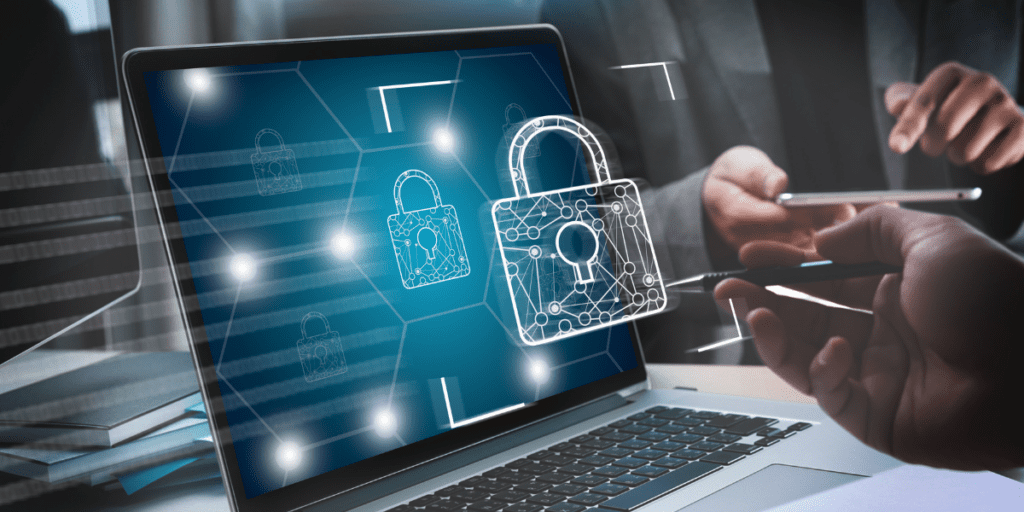Cybersecurity Trends 2024

As 2023 draws to a close, it’s vital for businesses to look back at their cybersecurity strategies and gear up for 2024. This past year has highlighted the urgent need for effective cyber defenses in our digitally driven era. A startling projection from Cybersecurity Ventures suggests that by 2025, the global cost of cybercrime could soar to $10.5 trillion annually. This staggering figure underscores the importance of evolving and fortifying cybersecurity measures for every organization.
The year 2023 witnessed an alarming rise in complex cyberattacks. According to the FBI’s Internet Crime Report, tactics like phishing, vishing, smishing, and pharming accounted for almost half of all cybercrime complaints. This uptick is a clarion call for businesses to adapt and enhance their cybersecurity approaches.
Key Cybersecurity Developments in 2023
Several trends emerged in 2023 that will significantly shape cybersecurity efforts in the coming year:
- Remote Work Challenges: The shift towards remote operations unveiled new cybersecurity vulnerabilities. A Tessian study found that 56% of IT leaders believe remote working has led employees to adopt riskier cybersecurity behaviors.
- Rising Ransomware Attacks: Ransomware has become even more aggressive, targeting businesses of all sizes. PurpleSec’s insights reveal a 150% rise in ransomware incidents, with the cost of ransom demands surging by 300%.
- IoT Device Vulnerabilities: The proliferation of IoT devices opened up new security gaps. Gartner estimated that by 2023, over 25 billion connected devices would be in use, each posing a potential security risk.
- Dual Role of AI in Cybersecurity: AI has been a double-edged sword in cybersecurity, aiding in defense strategies while also being employed in advanced cyberattacks.
Strengthening Cybersecurity for 2024
As businesses prepare for 2024, prioritizing cybersecurity is more critical than ever. The dynamic nature of the digital domain requires constant alertness and adaptability in cybersecurity strategies. Reflecting on the lessons from 2023 and proactively preparing can help businesses step confidently into the new year, ensuring a more secure and thriving digital environment.
- Continuous Employee Training: It’s essential to regularly train employees on phishing scams, creating strong passwords, and practicing safe internet habits.
- Securing the Remote Workforce: Implementing secure VPNs, enforcing multi-factor authentication, and ensuring the security of remote work devices are crucial steps.
- Frequent Security Audits: Regularly auditing and updating cybersecurity measures helps identify and rectify potential weaknesses.
- AI in Security Solutions: Leveraging AI can significantly enhance threat detection and response capabilities.
- Effective Incident Response Plans: Having a clear and tested incident response strategy can minimize the damage from breaches.
- Preparing for Ransomware: Regular data backups and specific ransomware strategies are crucial for preparedness.
- Securing IoT Devices: Keeping IoT device firmware updated, monitoring network traffic, and network segmentation are important practices for IoT security.
Emphasizing preventive measures in cybersecurity is a strategic move for the future of any business. In line with Benjamin Franklin’s adage, “An ounce of prevention is worth a pound of cure,” investing time and resources now in cybersecurity can pave the way for a safer and more prosperous 2024.





